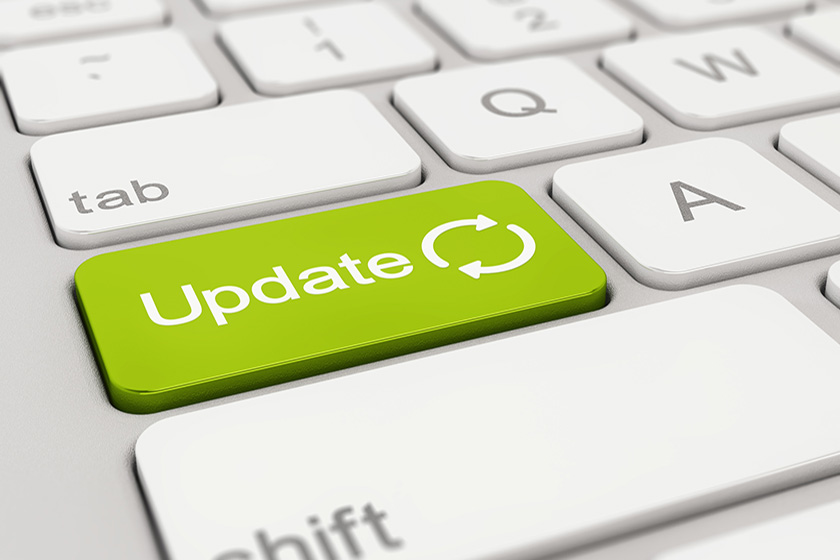July 2019 Product Release Notes
Product Release Notes contain information about updates, upgrades and new features for BitTitan solutions and services. For the most current information, visit the Product Announcements section in the BitTitan Help Center. For additional questions, visit the Community Forums.
MigrationWiz New Scenario: Cross-Tenant Teams Migrations
MigrationWiz now supports migrating a Teams Instance and individual components such as Teams, Channels, Conversations, Permissions, and Files from one Microsoft Tenant to another. During project creation, select ‘Collaboration Project’ to get started.

Assessment
Once the ‘Collaboration Project’ has been created successfully, MigrationWiz will assess the Team environment to discover all Teams, Channels, Users, Conversations, and Files in the Source tenant before migration can proceed. Clicking ‘Start Assessment’ will start a Verify Credentials pass against the Source tenant.

Once the Teams Assessment has completed successfully, an assessment summary will be displayed with the tenant details including number of teams, total file size, total users, and number of licenses needed.

New Collaboration License
Migration can only proceed if there are sufficient licenses. The new ‘Collaboration’ license specific to Microsoft Teams migration can be purchased from the BitTitan Store. Each license costs $15 per user per 10 GB, valid for 12 months.
Migration
If there are sufficient licenses, migration will start upon clicking ‘Start Full Migration.’
Teams will be migrated over first, followed by channels, memberships, conversations, and files. Note that all teams and channels will be migrated. Users cannot specify which team or channel to migrate from the UI, but can do so via folder filtering.

Once the migration has completed successfully, User can click on ‘Teams Migrated’ to view the migration results summary page. Other useful links for this scenario are listed below:
MigrationWiz Usability Improvements
- Improved the navigation of MigrationWiz’s Help Menu for ease of access to other resources

- Help Center: Navigate to the redesigned BitTitan HelpCenter.
- Guided Tutorials: Enable guided/walkthrough tutorials available within MigrationWiz

- Product Feedback: Submit feedback related to MigrationWiz.
- Operational Status: View MigrationWiz system status.
MigrationWiz Advanced Options: Modern Authentication
- Previously, if the tenant had Modern Authentication enabled, ‘Verify Credentials’ would fail.
- With the new Advanced Options, Modern Authentication is now supported for Office 365 tenants. However, users are still required to provide their username/password credentials during the endpoint creation.
Users will need to create an app on their AAD Portal and provide the client ID and tenant ID as Advanced Options to the project.
Both source and destination tenants can be Modern Authentication (or a combination of them).
-Relevant Advanced Options:
ModernAuthClientIdImport=<clientId>
ModernAuthTenantIdImport=<clientId>
ModernAuthClientIdExport=<clientId>
ModernAuthTenantIdExport=<clientId>
Note: The username and password will only be used to retrieve the access token through Modern Authentication. Future authorizations will only use the access token and refresh tokens.


